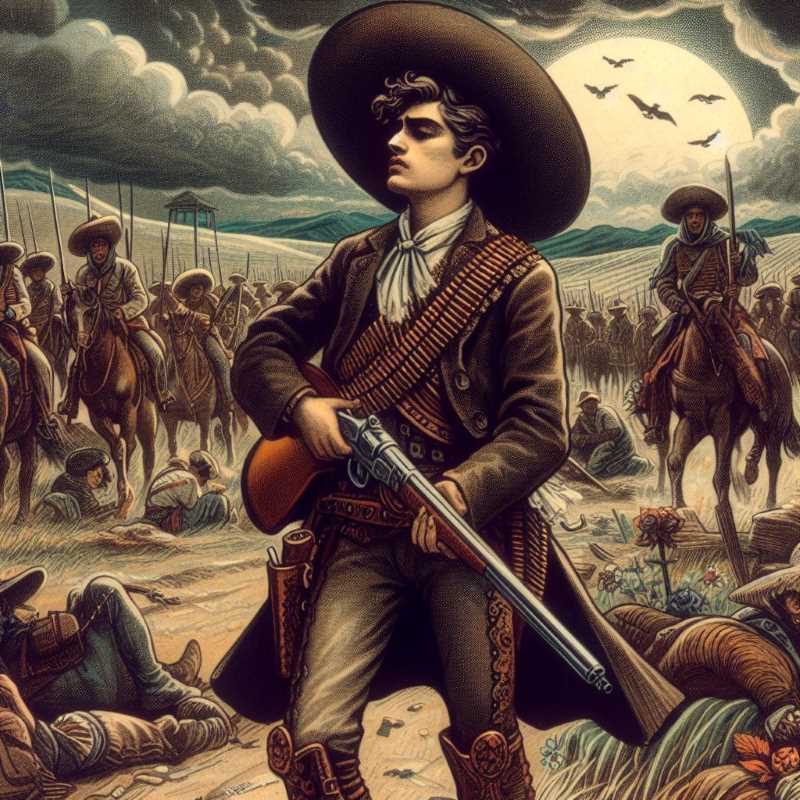How Corridos Capture the Essence of the Mexican Revolution
The songs emphasize the Mexican Revolution as a tragedy born from broken promises. Unlike textbooks listing battles and plans, the corridos capture the profound emotional cost and the shattering of a nation's hopes.

History gets told in more ways than one. Sure, there are those stuffy textbooks, packed with dates and drab names. But history also sings, its tales carried in the verses of folk songs, called corridos. In the case of the Mexican Revolution, these ballads tell a story not just of battlefields and betrayals, but of a spirit broken and betrayed.
It all began with hope. Francisco Madero, that idealistic little man, crossed back into Mexico aflame with promises of democracy after the long, suffocating reign of Don Porfirio Díaz. They cried “Viva Madero!” as he rode in triumph, the man who'd kick Díaz off his gilded throne.




